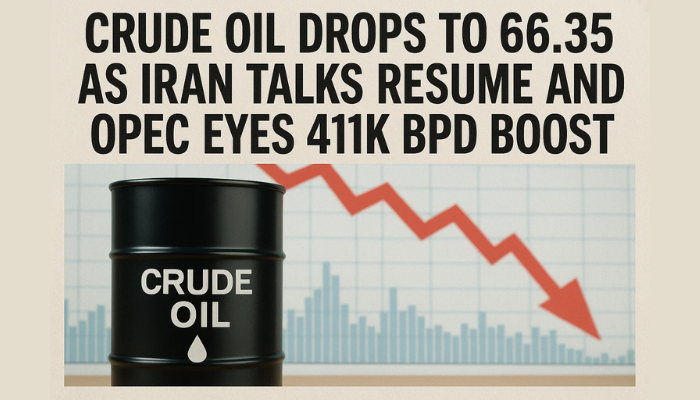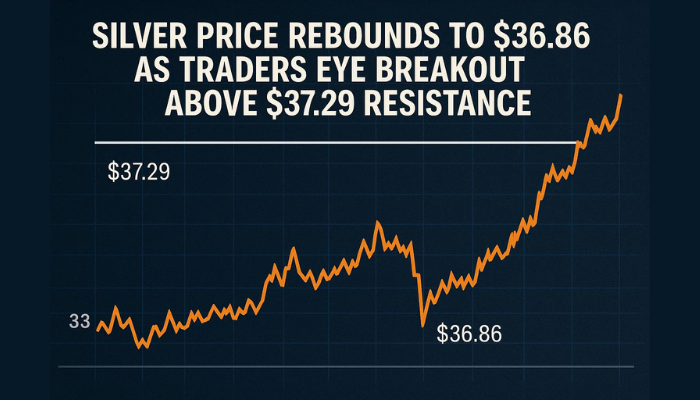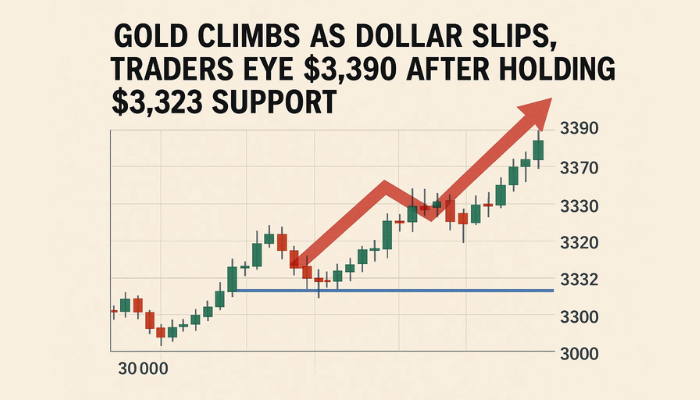Forex Signals US Session Brief, Feb 6 – Risk Sentiment Improves on China Tariffs Reduction, but Reverses Again
The sentiment improved after China decided to cut tariffs on US goods today

The sentiment has been pretty negative in financial markets in the last several weeks, due to coronavirus outbreak, hurting risk assets such as commodity Dollars and helping safe havens such as Gold climb higher. But, the sentiment improved yesterday, after rumours that a cure might be found soon. But, the cure is not here yet. Although, comments from China officials about tariffs reduction for US imports on China helped improve the sentiment further today.
We saw a climb in risk assets such as crude Oil, although that was partly due to OPEC’s efforts to cut Oil production by an additional 600k barrels/day. But, Russia doesn’t support further cuts, so we will see how it goes. Crude Oil reversed back down and is more than $1 lower from the top. Factory orders posted yet another major decline in Germany for December, while the ECB tried to sound optimistic in the monthly bulletin which was released this morning, but you could read between the lines ha they are pretty worried.
The European Session
- German Factory Orders – factory orders have been suffering in Germany,k as manufacturing and industrial production remain in deep recession. Factory orders have been declining in four out of the last five months and today they posted yet another big decline for December:
- Germany December factory orders -2.1% vs +0.6% m/m expected
- Prior -1.3%; revised to -0.8%
- Factory orders WDA -8.7% vs -6.6% y/y expected
- Prior -6.5%; revised to -6.0%
- ECB’s de Guindos Sounding Pessimistic – ECB vice president, Luis de Guindos made some comments bthis morning, saying that the side effects of policy are being monitored carefully. Euro area banks’ market valuations remain depressed. Persistently low profitability is a concern.
- ECB Monthly Bulletin – The ECB released its economic bulletin earlier today, after the January policy meeting. The ECB has eased the monetary policy further, by cutting deposit rates to -0.50% from -0.40% in September last year and restarted the QE programme of 20 billion Euros a month worth of asset purchase. They are trying to convince markets that the actions are having a positive impact, but you can read between the lines that they are worried:
ECB Economic Bulletin
- Current monetary policy to sustain euro area expansion, build up of inflation
- Monetary policy measures are underpinning favourable financing conditions
- Easier borrowing conditions supporting consumer spending and business investment
- Global economic activity remains moderate, but there are signs of stabilization
- But the outlook for global economic activity remains subdued
- Risks to the global outlook remain elevated but are less skewed to the downside
- Global trade momentum remains weak, albeit amid signs of stabilization
- OPEC Deciding to Cut or Not to Cut Production Again – Reuters reported this morning, citing unnamed sources on the matter, suggesting that OPEC+ reportedly may agree on need for deeper output cuts of at least 500k bpd this week. Bloomberg also reported, citing a OPEC+ delegate on the matter, that the cut might be even larger, at 600k barrels. But, Russians don’t like further cuts and they haven’t responded yet.
The US Session
- US Unemployment Claims – ADP employment report ysterday was pretty great, showing a jump higher to 291k. This was the best reading since 2015. Today, unemployment claims were expected to decline, which they did:
- Initial jobless claims for 1 February week 202K vs 215K estimated
- Prior report 216K revised to 217K
- Initial jobless claims 202K vs 215K est
- 4 week moving average 211.75K vs 214.75K last
- Continuing claims 1751K vs 1720K est
- 4 week moving average 1742.25K vs 1755.50K
- The largest increases in initial claims for the week ending January 25 were in Missouri (+536), Oregon (+406), Virginia (+228), Ohio (+221), and Kansas (+155),
- The largest decreases were in California (-19,262), Illinois (-5,045), Georgia (-2,904), Pennsylvania (-2,859), and New York (-2,801).
- US Q4 Prelim Non-Farm Productivity – The first reading for US non-farm productivity report was released a while ago and it showed a slight decline.
- US ISM Non-Manufacturing PMI – US non-manufacturing PMI was released a while ago. This sector improved more than expected, beating expectations of 55.1 points and coming at 55.5.
- US Q4 prelim non-farm productivity +1.4% vs +1.6% expected
- Prior was -0.2%
- Unit labor costs +1.4% vs +1.3% expected
- Prior unit labor costs +2.5%
Trades in Sight
Bearish GOLD
- The trend has turned bearish this week
- MAs will likely turn into resistance
- The retrace seems complete on the H4 chart
The 20 SMA was broken today
Gold has been bullish during January, as tensions between US and Iran increased, followed by the coronavirus panic. The sentiment turned quite negative regarding risk, which sent commodity dollars and stock markets lower, while safe havens such as Gold were pretty bullish. But, the panic has worn off this week and despite new cases coming up everyday, it seems that it is under some control. The sentiment improved further, as China decided to cut tariffs on US goods, which would help the global economy to some extent.
Although, we saw a retrace higher today, but it seems like the retrace might be over at the 50 SMA (yellow) on the H4 chart, as shown above. The 100 SMA (green) and the 20 SMA (grey) are providing resistance, both of which used to be support before. The price has formed a doji candlestick below those moving averages and the retrace seems complete now, so it’s likely that we see a bearish reversal from here.
In Conclusion
The sentiment improved further earlier today, after China decided to remove some of the tariffs on US goods. But, as new cases of coronavirus keep coming, the sentiment has turned less so in the afternoon. So, we will have to watch comments about the virus in order to trade forex now.
- Check out our free forex signals
- Follow the top economic events on FX Leaders economic calendar
- Trade better, discover more Forex Trading Strategies
- Open a FREE Trading Account
.png)


